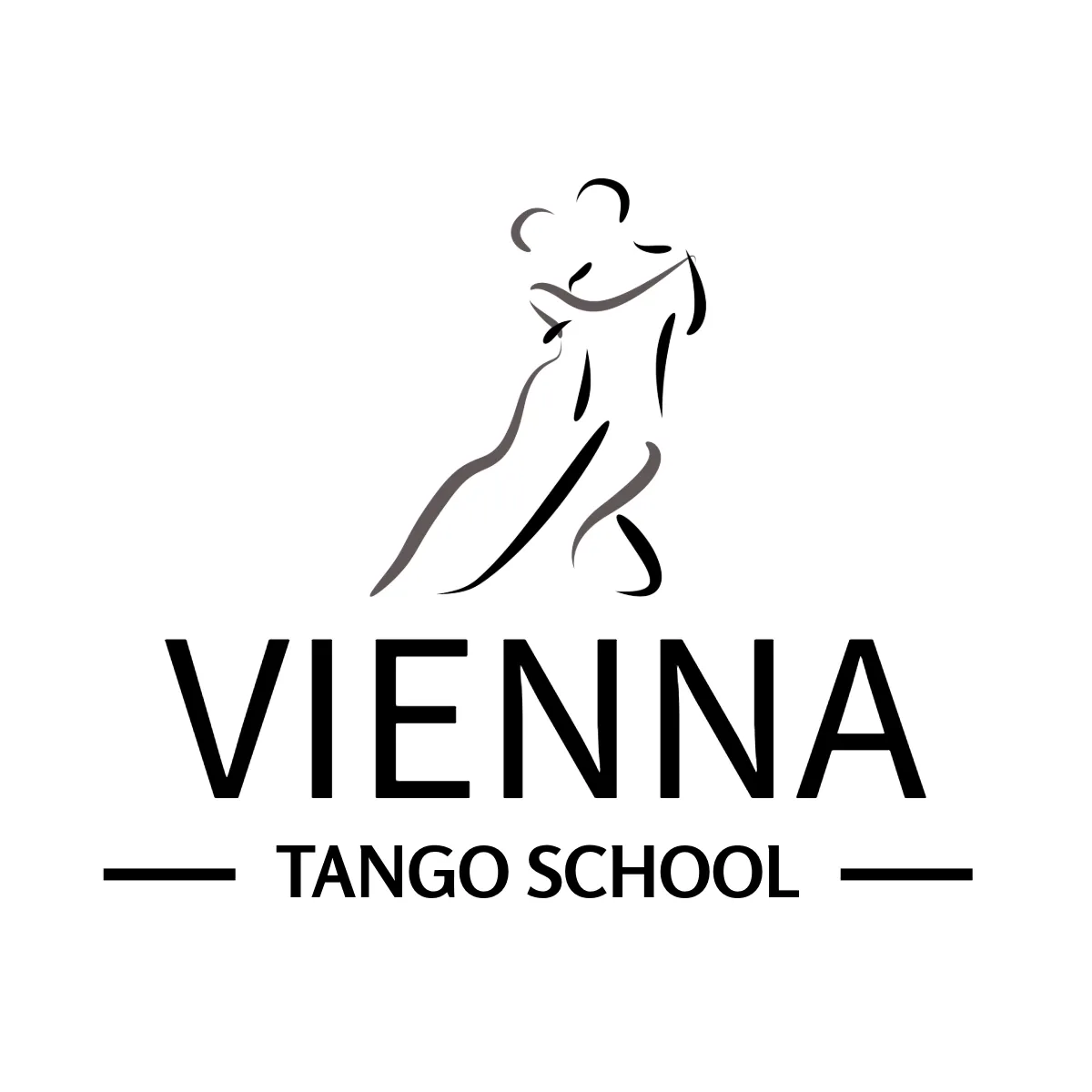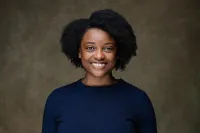Try ArgentineTango
No Partner, No Dance Experience Needed
A Four-Week Beginner Series Designed to Bring You Joy, Friends, and a New Skill
Classes
Coming soon...
Teachers
Coming soon...
Events
Coming soon...
Explore our class offerings. Dive into a supportive learning environment that helps you gain confidence, discover new moves, and enjoy the social side of tango.
Meet the passionate team behind Vienna Tango School. Our founders and instructors combine years of dance experience and a genuine love for community-building to guide you every step of the way.
Stay up to date on our upcoming milongas, practicas, and special workshops with visiting teachers. These gatherings bring dancers together for fun, friendship, and plenty of opportunities to grow your tango skills.
Every Thursday 8 - 9:45 PM
(includes practice session)
Dive into a supportive learning environment with experienced volunteers to help you gain confidence, discover new moves, and enjoy the social side of tango.
Meet the passionate team behind Vienna Tango School. Our founders and instructors combine years of dance experience and a genuine love for community-building to guide you every step of the way.
Abrazo Milonga - 1st Saturday of the month
Stay up to date on our upcoming milongas, practicas, and special workshops with visiting teachers. These gatherings bring dancers together for fun, friendship, and plenty of opportunities to grow your tango skills.

About Us
TAKE one STEP
DISCOVER TANGO
Vienna Tango School began as a collaboration between three tango dancers who fell in love with the dance’s unique blend of connection, artistry, and community. Determined to share that joy with others, they created a welcoming space where anyone—regardless of age or experience—can discover the magic of Argentine tango. Today, Vienna Tango School fosters a vibrant, supportive environment in Northern Virginia, uniting new and experienced dancers alike in the timeless tradition of tango.
Together, we invite you to step into the music, meet new friends, and experience the shared passion that brought our founders together in the first place.
Beginner Classes
A Four-Week Beginner Series Designed to Bring You Joy, Friends, and a New Skill
Tired of the same old routine? Craving a new way to connect and unwind?
We help beginners find their groove—no fancy footwork or previous experience required. Our instructors create a welcoming space where you can relax, learn, and meet new people.
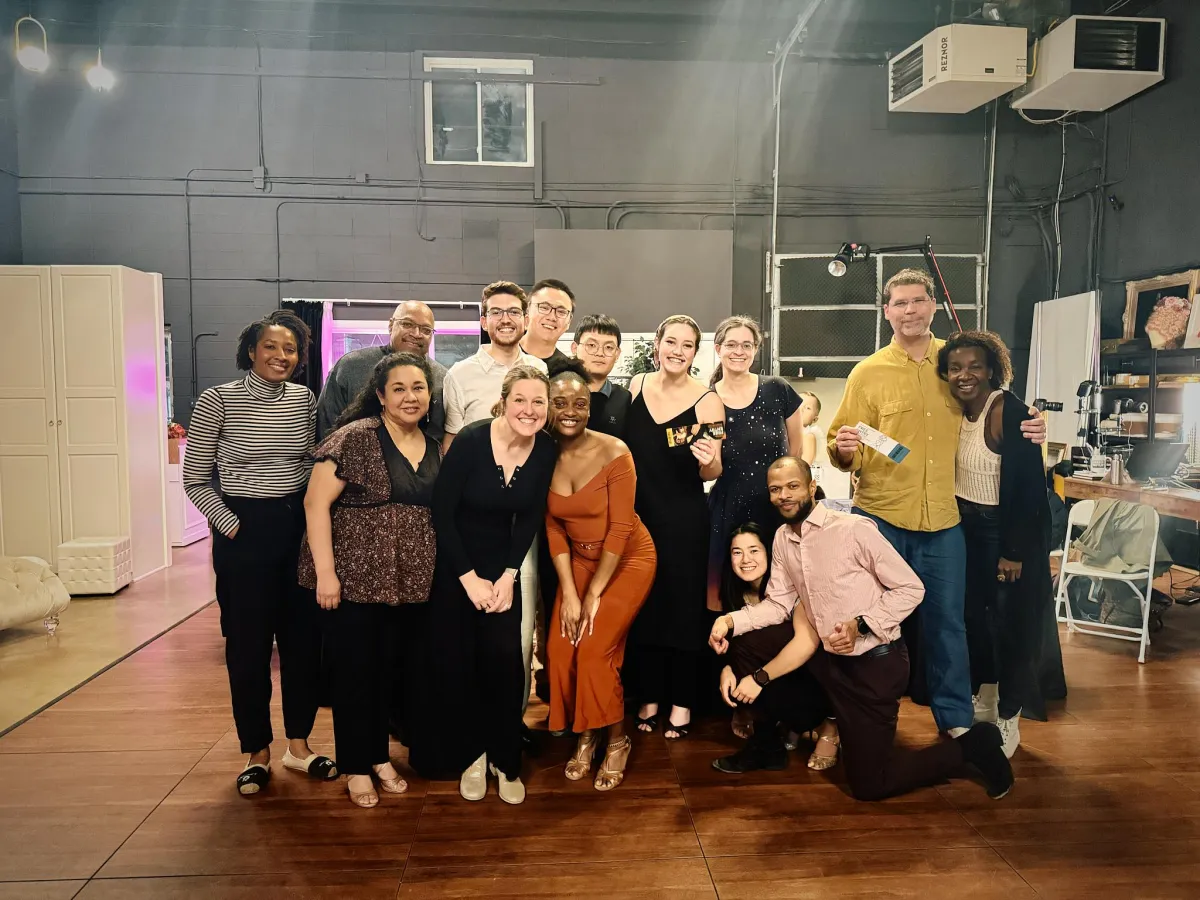
Beginner Series A
4 WEEK Series & Practica - $80
Drop in Class & Practica - $25
Begins June 5th, 2025
8:00pm - 9:45PM
Beginner Series A is your first step into the world of Argentine tango—perfect if you’ve never danced before. Each week, you’ll enjoy a 60-minute lesson covering fundamental techniques like posture, embrace, and basic walking patterns, followed by a practica - a 45-minute guided practice session to reinforce what you’ve learned. By the end of this four-week series, you’ll feel comfortable moving on the dance floor and ready to explore more dynamic steps in Beginner Series B.
.
Coming up...
Weekly Series Class
Beginner Series
Begins Thursday, June 5th, 2025
8:00pm - 9:45PM
Beginner Series is your first step into the world of Argentine tango—perfect if you’ve never danced before. Each week, you’ll enjoy a 60-minute lesson covering fundamental techniques like posture, embrace, and basic walking patterns, followed by a 45-minute guided practice session to reinforce what you’ve learned.
By the end of each 4-week series, you’ll feel comfortable moving on the dance floor and ready to explore more dynamic steps.
.
Drop in Class
Beginner Lesson
Thursday, June 12, 2025
8:00pm - 9:00PM
Join us for a deeper dive into Argentine tango technique and fun, easy-to-learn combinations in this open-level, drop-in class—no partner required. Taught right before the Tango Ocho Milonga, this session will boost your confidence and prepare you for a fantastic evening of social dancing. Come refine your skills, connect with fellow dancers, and step into the milonga ready to move!
.
MILONGA
Tango Ocho
Thursday, June 19, 2025
9:00pm - 11:30PM
Milonga Entry: $10
Tango Ocho is our beginner-friendly milonga where we celebrate every “first”—from social dance steps to new DJ debuts and even dancers trying a different role. Expect a relaxed, low-pressure environment filled with supportive energy. Whether you’re brand new or returning to explore something fresh, this is the perfect space to learn, share, and enjoy the evolving journey of Argentine tango.
.
Student Entry: $5 with a valid student ID
MILONGA
Abrazo
Saturday, July 5, 2025
Milonga 8:00pm - 12:00am
Abrazo is our signature first-Saturday milonga dedicated to the rich tradition of Argentine tango. Step into an evening of classic tandas, inviting embraces, and a warm community of dancers eager to connect. With an atmosphere that honors tango’s timeless music and social roots, Abrazo invites dancers of all levels to immerse themselves in a night of heartfelt expression and true cultural celebration.
.
WORKSHOP
WORKSHOP I
Sacadas & Turns with Jake Spatz
Sunday, March 2, 2025
12:00pm - 1:15PM
Beginner Series A is your first step into the world of Argentine tango—perfect if you’ve never danced before. Each week, you’ll enjoy a 60-minute lesson covering fundamental techniques like posture, embrace, and basic walking patterns, followed by a 30-minute guided practice session to reinforce what you’ve learned. By the end of this four-week series, you’ll feel comfortable moving on the dance floor and ready to explore more dynamic steps in Beginner Series B.
.
WORKSHOP
WORKSHOP II
Dancing in Cursive with Jake Spatz
Sunday, March 2, 2025
1:30pm - 3:00PM
Beginner Series A is your first step into the world of Argentine tango—perfect if you’ve never danced before. Each week, you’ll enjoy a 60-minute lesson covering fundamental techniques like posture, embrace, and basic walking patterns, followed by a 30-minute guided practice session to reinforce what you’ve learned. By the end of this four-week series, you’ll feel comfortable moving on the dance floor and ready to explore more dynamic steps in Beginner Series B.
.
Blog & Articles
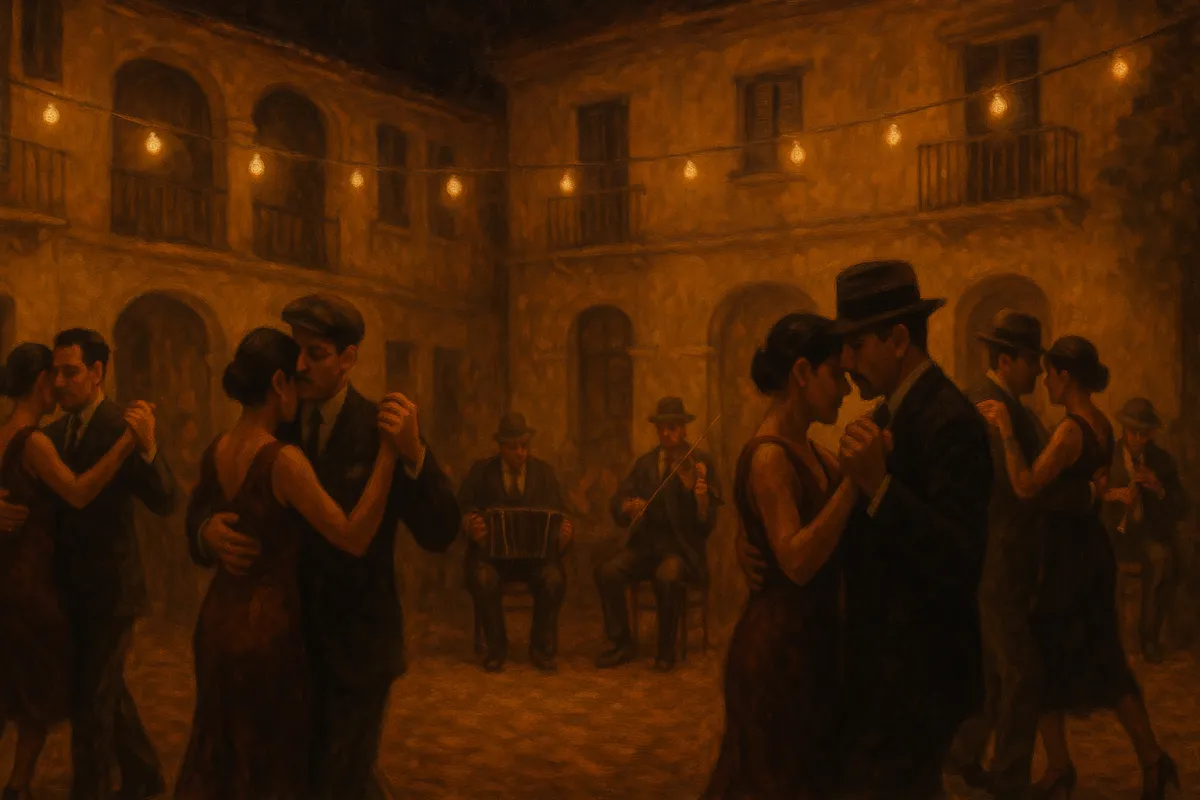
The Rise of the Milonga
[Photo Credit: Sora]
While today’s milongas often feel polished and ceremonial, their origins are anything but. Let’s take a closer look.
🌆 Where did the first milongas happen?
The word "milonga" originally referred to a musical style, not a social event. But by the late 1800s, as tango began to emerge in the working-class neighborhoods of Buenos Aires, the term started to describe informal dance gatherings too. These early milongas weren’t held in grand salons. They took place in conventillos (tenement courtyards), makeshift bars, and modest neighborhood clubs.
There were no formal dress codes. No playlists. Just live musicians, dancers of varying skill levels, and a desire to connect. In many cases, the spaces were too tight to perform complex figures, which is partly why tango's early style emphasized walking, pausing, and musicality over showy movements.
Side note: The familiar structure of tandas and cortinas — with 3 or 4 songs of the same style followed by a short musical break — wasn’t standard in those early years. Musicians played live, often improvising the set order. A typical sequence like tango, tango, vals, tango, tango, milonga only became formalized later as tango culture matured!
As noted by tango historian Michael Lavocah, during the Golden Age, orchestras did not play in tandas for dancing. Initially, a tanda was often only two songs long—the two sides of a 78rpm record. The tanda format we recognize today became widespread in the early 1970s with the reissuing of old music on LPs, which made it easier to play three or four songs in a row.
Full Article (Tango DJing - Part 1: Music for dancing)
🌟 What made milongas move up the social ladder?
For a long time, tango and its associated gatherings were dismissed by Argentina’s upper classes as crude or immoral. But when tango made its way to Paris in the 1910s, it caught fire. Parisian fascination turned tango into a cultural export Argentina could suddenly be proud of.
The result? A rebranding of sorts. Tango gained legitimacy, and so did the milonga. Elite venues began hosting their own dance nights, borrowing from working-class tradition but adding formal etiquette and fashion. Men wore suits. Women wore gowns. The atmosphere became more curated, and so did the expectations for behavior.
This is also when many of the códigos — the informal "rules" of the milonga — began to emerge. These codes shaped how dancers interacted and created a social framework that made everyone feel safer and more respected on the floor:
Use of the cabeceo (inviting with eye contact and a nod) instead of walking up directly
Returning your partner to their seat at the end of a tanda
Avoiding cutting across the dance floor
Entering the ronda (line of dance) with awareness and permission
These weren’t just rules for rules’ sake — they reflected tango’s growing maturity and its adaptation to more formal, shared spaces. The milonga became not only a place to dance, but a place to perform one’s role in a deeply collaborative social experience.
🚀 How has the milonga evolved around the world?
Today, milongas are a global phenomenon, with vibrant communities dancing across every continent. While the heartbeat of tradition still echoes from Buenos Aires, each region brings its own twist to the milonga experience.
In Europe, especially in cities like Berlin, Paris, and Warsaw, you'll find a mix of tradition and innovation. Some milongas lean formal, others experimental, but most hold fast to the structure of tandas and codigos — with a few modern liberties (ever heard of naked tango?!).
In Asia, communities in Tokyo, Seoul, and Bangkok are known for their attentiveness and precision, often embracing codigos with quiet rigor and a touch of ceremonial grace.
In the Middle East, scenes in places like Istanbul and Tel Aviv navigate a fascinating balance between traditional gendered norms and growing inclusivity, often drawing from both conservative and queer-friendly tango spaces.
In the United States, the tone can shift from coast to coast — from casual, community-driven scenes with pizza and hugs in Portland, to polished, showy nights out in New York and L.A.
While the essence of the milonga — connection, musicality, and flow — remains constant, what’s changing is how communities interpret the códigos. Today, many spaces are actively rethinking and reshaping traditional codes to meet the needs of diverse dancers. Queer tango movements, non-gendered roles, and consent-based partner selection are becoming more common, especially in progressive communities.
The milonga has always reflected the world around it. That hasn’t changed. What has? We're now more conscious of who gets to feel welcome — and how tradition and evolution can dance together in the ronda.
Written by Amanda Garley, co-founder of Vienna Tango School, with research and drafting support from ChatGPT (because even tango historians deserve a little AI assist).
Want to feel the history in motion? Join us at our next milonga or class and see how much tradition lives in each tanda (VTS Events).
Our Services
Lorem Ipsum is simply dummy text of the printing and typesetting industry has been the industry's standard dummy text ever since the been when an unknown printer.



Our Best Trainers
Lorem ipsum dolor Fusce varius euismod lacus eget feugiat rorem ipsum dolor consectetur Fusce varius [...]
Yoga exercise
Lorem ipsum dolor Fusce varius euismod lacus eget feugiat rorem ipsum dolor consectetur Fusce varius [...]
Gym
Lorem ipsum dolor Fusce varius euismod lacus eget feugiat rorem ipsum dolor consectetur Fusce varius [...]



Cardio
Lorem ipsum dolor Fusce varius euismod lacus eget feugiat rorem ipsum dolor consectetur Fusce varius [...]
Zumba
Lorem ipsum dolor Fusce varius euismod lacus eget feugiat rorem ipsum dolor consectetur Fusce varius [...]
Exercise
Lorem ipsum dolor Fusce varius euismod lacus eget feugiat rorem ipsum dolor consectetur Fusce varius [...]
Frequently Asked Question
I’m brand new—Is that okay?
Absolutely! Our beginner classes are designed for first-timers with no dance experience. We’ll guide you step by step.
What should I wear?
Come in comfortable clothes or exercise attire. Shoes with a smooth (leather) sole work best. If you don’t have tango shoes, don’t worry—we have shoe covers available.
Do I need a partner?
No partner needed. Even if you come with someone, we encourage everyone to switch partners during class. It’s a social dance, and dancing with different people enriches your tango skills.
Where are the classes located?
We are located in the heart of Vienna, Virginia, just off of 495 and 66. We’re inside Melody Yazdani Studios, right next to Billy Weber Tire. You can park in the lot directly in front of the building.
Will I need to lead or follow?
We support learning both roles regardless of gender. Experiencing both lead and follow helps you become a more versatile dancer—and it’s more fun!
Meet the Team
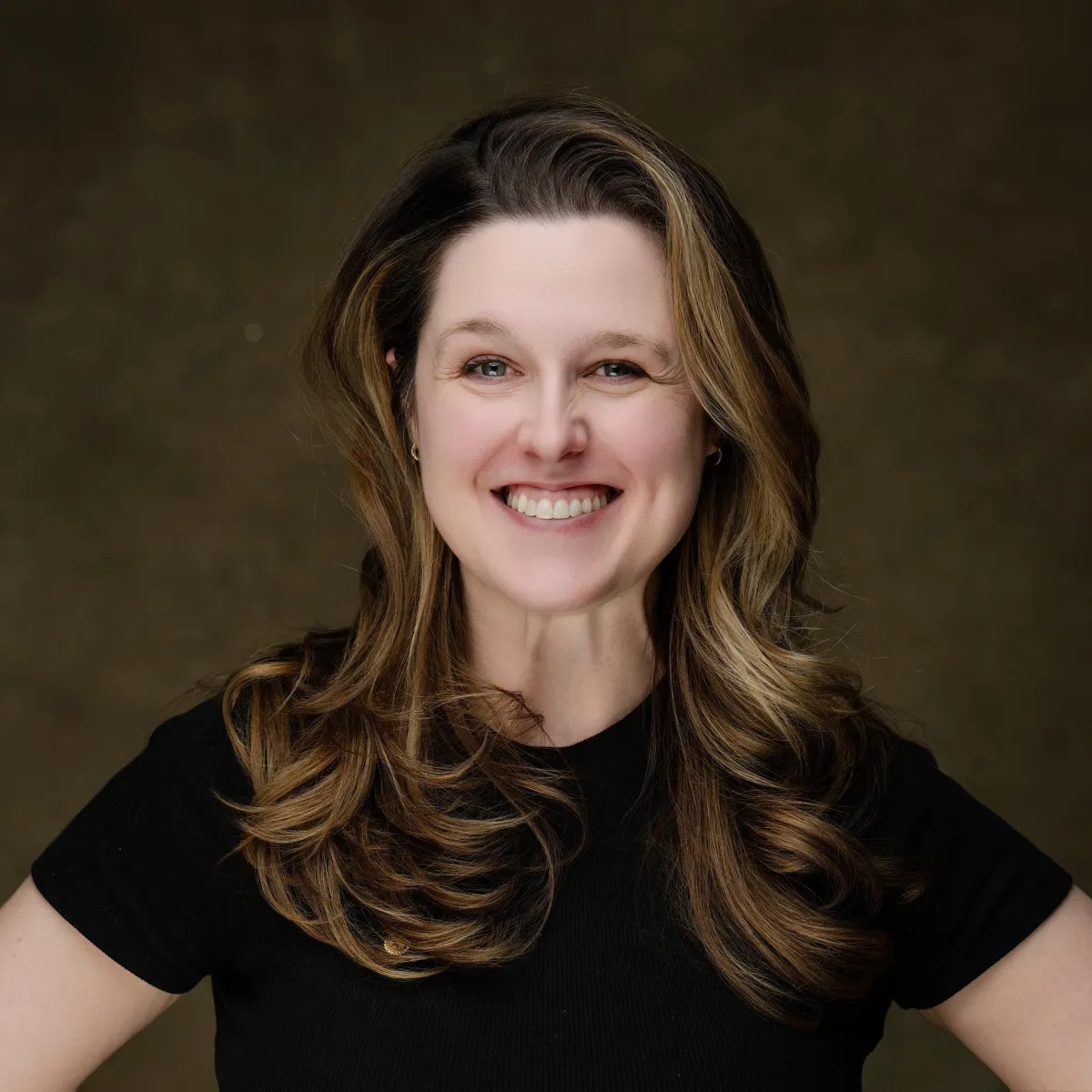
Melody Yazdani Zhang
Cofounder
Melody Yazdani Zhang stumbled upon tango by chance over 11 years ago, and it quickly became the lifeline she needed as a busy single mom. Since then, she’s traveled the world to dance and studied with acclaimed maestros. She believes that if you can walk, you can dance.
For Melody, the connection between partners, the embrace, and true mindfulness define tango’s magic. She loves how tango offers a peaceful escape from a fast-paced world, fosters lasting friendships (and marriages!), and provides the thrill of endless learning.
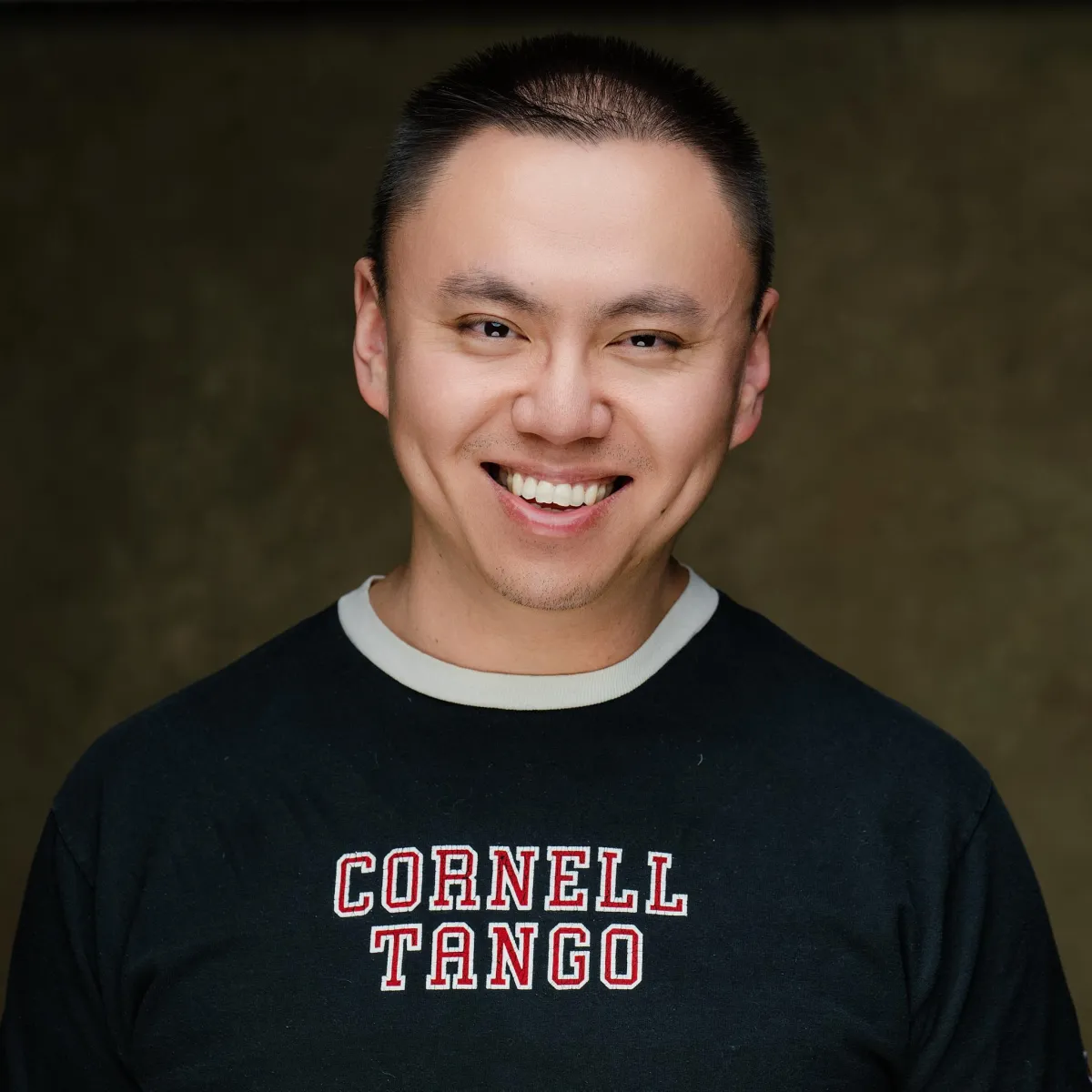
Jon Zhang
Cofounder
Jon began dancing tango in 2007 while studying engineering at Cornell University. He describes tango as difficult, but ultimately deeply rewarding, noting that it provides a rare outlet for creative expression that nurtures the soul.
During his time in Ithaca, New York, Jon served as both an organizer and a DJ, fostering a close-knit tango community before relocating to the Washington, D.C. area a decade ago. Ever since, he’s been an active member of the D.C. tango scene, continuing to share his passion for the dance and its unending possibilities.
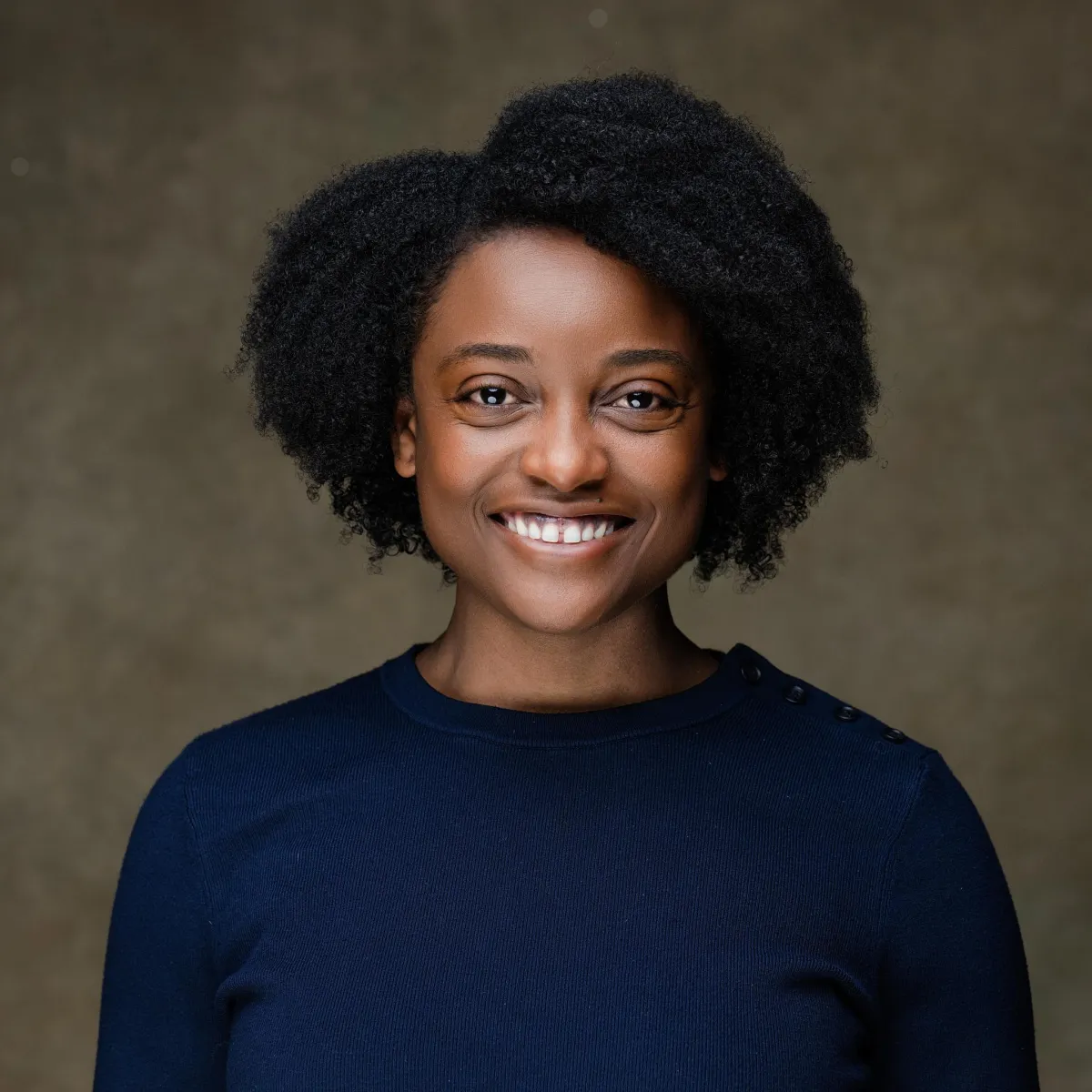
Amanda Garley
Cofounder
Amanda Garley first discovered tango in the summer of 2009 while studying to become an engineer. The timing was ideal, awakening her to life’s real joys: connecting with others, finding balance, being confident in who she is, taking life by the horns, recognizing perfection in imperfection, and remaining open to unexpected discoveries.
She has spent half of her tango journey exploring how best to teach the dance, deepening her understanding of tango’s essence, its fundamental challenges, and the ways to help others reach satisfaction in their own dance. Now, she is thrilled to continue this journey through the Vienna Tango School, sharing her passion and expertise with new and seasoned dancers alike.
GET ON THE NEWSLETTER LIST
I Consent to Receive Occasional Marketing Communication from company.
Follow us On Instagram




